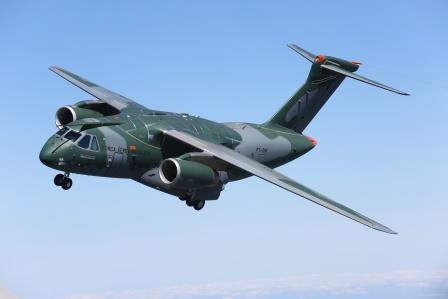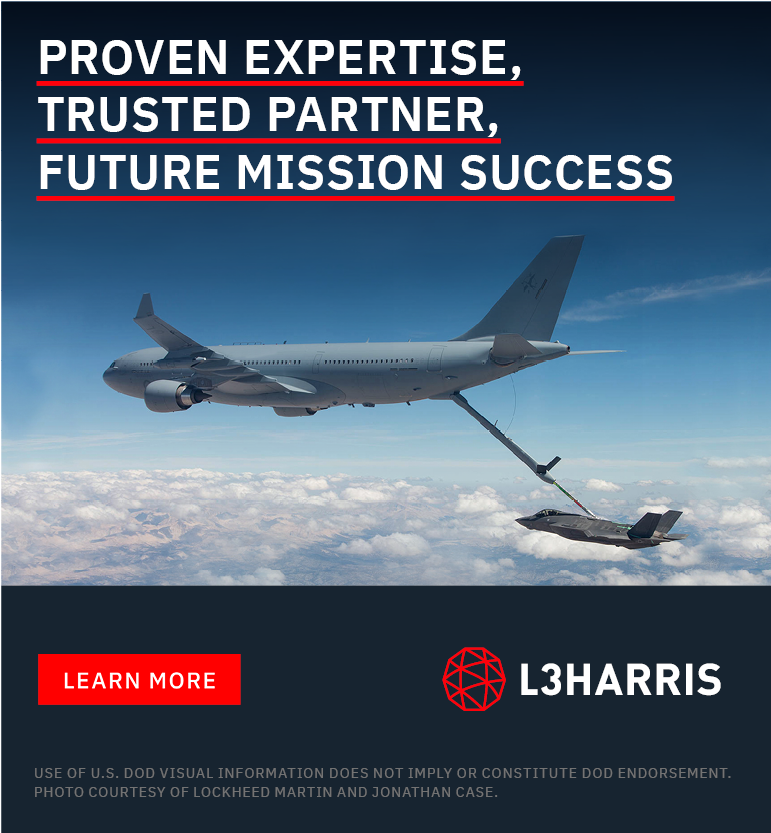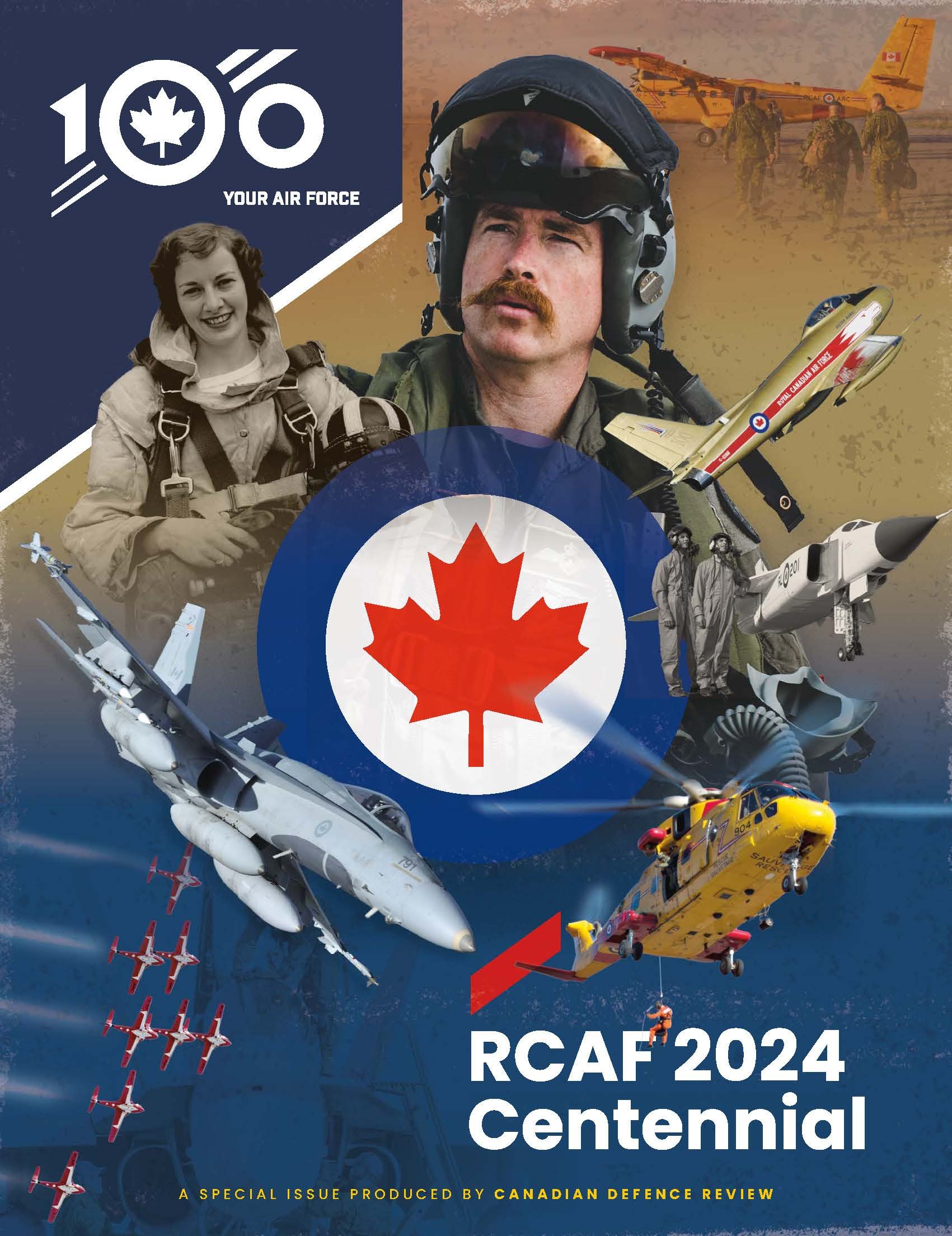Flying To The Rescue For Canada’s FWSAR Program
It was back in June, 2015 at the Paris Air Show when CDR sat down with Gastao Silva, program manager for Embraer’s KC 390, for an in-depth talk about that company’s plans for Canada’s FWSAR program and, while at that time it seemed touch and go whether the company would be able to bid its brand new aircraft because of certification issues, CDR was subsequently able to break the story that Embraer would, in fact, be going ahead and proposing its ground breaking tactical airlifter for the Canadian requirement.

Embraer has now jumped into the FWSAR program with both feet and is one of three confirmed bidders together with Team Spartan’s C-27J and the C295 from Airbus Defence & Space. Ironically, while Embraer’s KC 390 has been called a “C-130 killer” with its superior payload capability, speed and low cost, many expected Lockheed Martin to bid its C-130J for FWSAR, but that company ultimately decided to take a pass on FWSAR, most likely because it could not compete on price (KC 390 is thought to be 60% of the cost of a C-130J). KC 390 does not quite have the range of a C-130J but it comes with an aerial refuelling capability as a standard feature.
Embraer is a major competitor to Canada’s Bombardier Aerospace in the civil aircraft market where they have been eating the Canadian company’s lunch for some time, and as you will learn from Joetey Attariwala’s incisive Cover Story in this issue, the KC 390 is the largest aircraft ever developed by that company. In fact, when back in October, 2014, CDR sent Attariwala to the KC 390 official roll out ceremony in Brazil, we learned firsthand just how impressive this aircraft really is.
KC 390, the newest military transport in the world today, is a true multi-mission aircraft and most importantly for Canada, it has been designed from the outset with search & rescue in mind and it’s for this reason that Embraer and its Canadian partners are extremely eager to compete it for FWSAR.
As you will learn from our Cover Story, unlike many other military transport aircraft, which have sensors added as an afterthought, the KC-390 has been built from the outset with multi-sensor capability, including radar and provisions for an electro-optical/infrared sensor pod. The aircraft also has a rear ramp allowing for RO/RO capability and KC 390 is nothing if not versatile as it can be used as a tactical aerial re-fuller and its ruggedized landing gear will allow it to take off and land in some of Canada’s most remote areas.
Canada’s FWSAR program has been a long time in the works - too long in fact - so it’s extremely important that we get this one right and select the right aircraft, an aircraft that will provide reliable SAR capability to Canada and Canadians for decades to come, so we encourage you to read our Cover Story in this issue on KC 390 for all the facts on what is certainly a prime example of the very latest in tactical, multi-mission aircraft available today.
TAPV FIASCO
Some time back CDR broke the story about problems with the TAPV program and apparently the beat goes on as Canadian soldiers will not be utilizing the tactical patrol vehicle anytime soon - August, 2016 at the earliest, some 2 years behind schedule!
This vehicle is critically important for the safety of Canadian soldiers as it is meant to protect them from IEDs and mine threats. Textron Marine & Land Systems builds the vehicle at its plant in Louisiana but the company set up an Ottawa office to manage the TAPV program and certainly given the company’s underperformance to date, it has dropped the ball as it has failed to deliver the $1.2 Billion contract in a timely manner, but also in neglecting to adequately explain delays in delivery of the vehicle to the Canadian public.
Unfortunately, this is just another example of the malaise in the Canadian procurement system at the moment, because it’s quite possible that Textron’s TAPV should not have been selected in the first place based on these apparent inadequacies. Certainly, CDR is aware of other very fine vehicles such as the M-ATV from Oshkosh and Aravis from Nexter (each profiled in CDR) that were considered for this contract and could very well be in service with the Canadian Forces by now.
We do know that issues holding up delivery of the Textron vehicle include steering and suspension system faults, but we are baffled how, after some 6 months of rigorous testing prior to selection, the government did not identify the issues that now seem to be plaguing this military vehicle.
And, by the way folks, we know that as part of the TAPV contract, there is an option to acquire an additional 100 vehicles. At this point, one can only imagine what could possibly go wrong with that opportunity!






